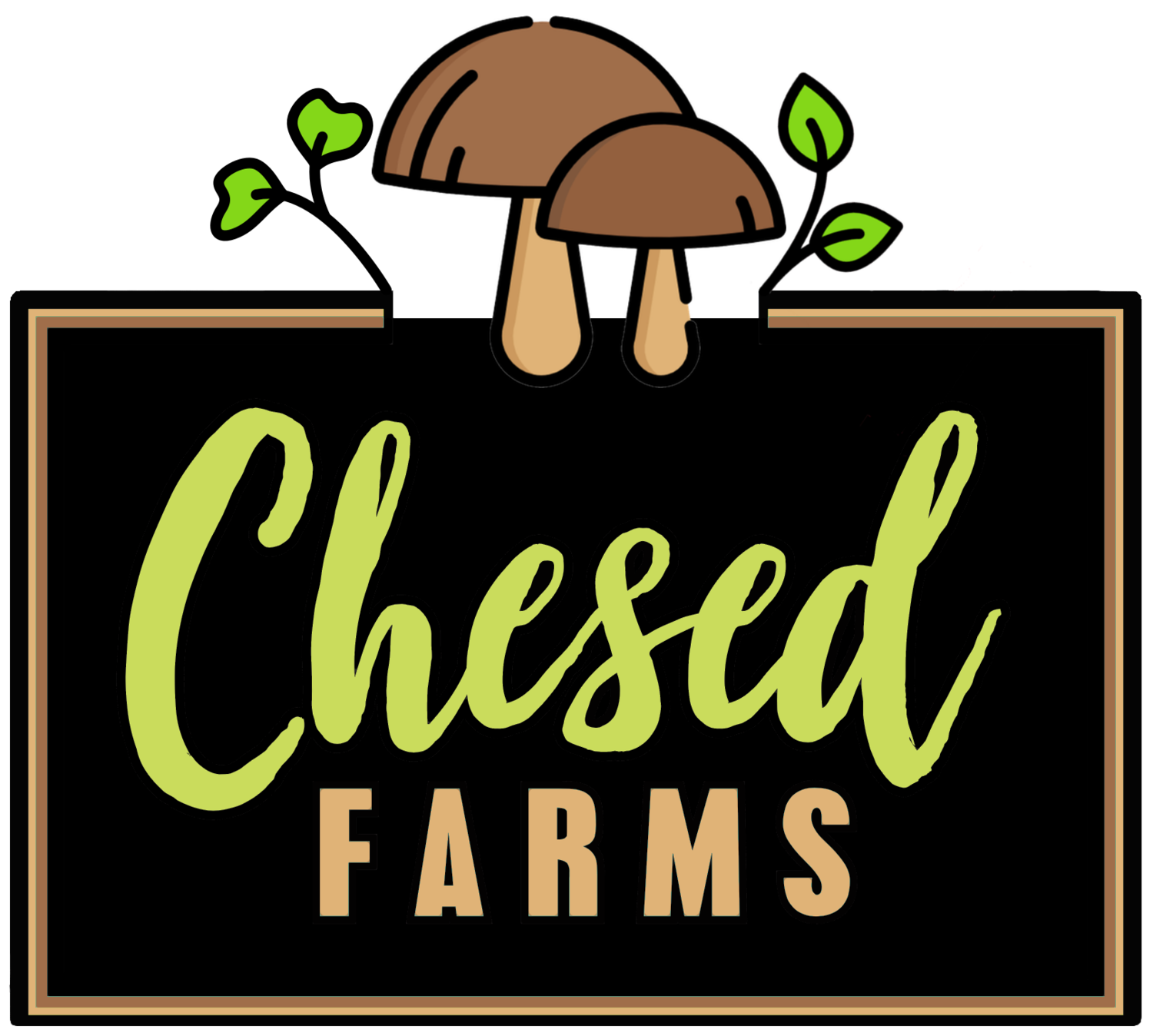
Soil Amendment
Once the growing process is done for the mushrooms, the materials become a great soil amendment and mulch!
What are the contents of our Mushroom Mulch?
The substrate we grow our mushrooms in contains 60% oak, 40% non-GMO oats, and a small amount of sterilized wheat grain. There will also be a mix of mycelium from all of the mushrooms we grow, and pieces of mushrooms tossed from the harvesting process.
Why add Mushroom mulch to your soil?
Proper diversity of microbiology in your soil creates a healthy soil to support plant growth. Mushroom Mulch adds saprophytic (decomposing) fungi to your soil. These creatures will continue to live in the soil breaking down woody material into food for your plants. The substrate of the mulch also is a great food source to support other inhabitants of your micro and macro biome in the soil. Feeding the bacteria and worms that also contribute to the health of your soil.
Spreading the mushroom mulch under a tree, and adding more wood chips can result in mushrooms popping up seasonally. The most likely varieties are the blue and pearl oyster mushrooms, followed by the chestnut mushrooms.
Integrating Mushroom Mulch into your soil benefits the long term health of your soil. The benefits do not create instant, visible results like using fertilizers. This material adds organic matter to your soil that will increase fertility and soil porosity over time, resulting in ongoing soil and plant health.
Using Mushroom Mulch
It is a great soil amendment for nutrition for your plants and works in the soil, it helps with water retention, and the mycelium also are a beneficial part of the soil community, continuing to work to break down other woody materials in the soil. And, depending on condition, you may even get some edible mushrooms in your garden. The most common we have seen from the mulch are: pearl oysters, and chestnut mushrooms. Occasionally, one of the other oyster mushrooms and maybe a lion’s mane.
This is a living material. The mycelium continues to grow in the pile. This can lead to the material becoming “reconnected”. If this happens, you can break it up easily with a shovel, stomping on it, or with your hands.
Being a living, fungal-based material, other members of the fungi family also will flourish. This includes all the molds drifting in the air. So, we encourage you to use a mask and gloves when working with the material and wash your clothes after the work is done.
Learn More About Soil Health
Elaine Ingram
Elaine Ingram is know for pioneering the understanding of the Soil Food Web. This video is the first in a four-part series where Dr. Elaine Ingham presents her soil science for beginners masterclass. She covers what the soil food web is, how plants benefit from a healthy soil food web, and how you can change the food web in the soil for your benefit.
Hügelkultur gardening is a great option when creating raised beds or mounds. Some will claim that Hügelkultur beds take your raised beds to the next level. This method of gardening is centuries-old and uses woody material, compost and soil to create a beneficial growing environment. Learn more about Hügelkultur gardening here.
Johnson-Su Bioreactor
David Johnson is a molecular biologist conducting research as Research Scientist at the Institute for Sustainable Agricultural Research at New Mexico State University, Las Cruces, NM and an Adjunct Professor at the Center for Regenerative Agriculture and Resilient Systems at California State University, Chico, CA.
Dr. Johnson has been doing breakthrough work in regards to the efficacy of biologically diverse, fungal-dominated compost for carbon sequestration and improved soil health and crop yields. His method is called BEAM (Biologically Enhanced Agricultural Management). The composting system he devised with his wife Hui-Chun Su is called the Johnson-Su Bioreactor.
Click the Learn More button to find more information, videos, and a PDF instruction manual to build your own bio-reactor. Links to New Mexico Healthy Soil Working Group website.


